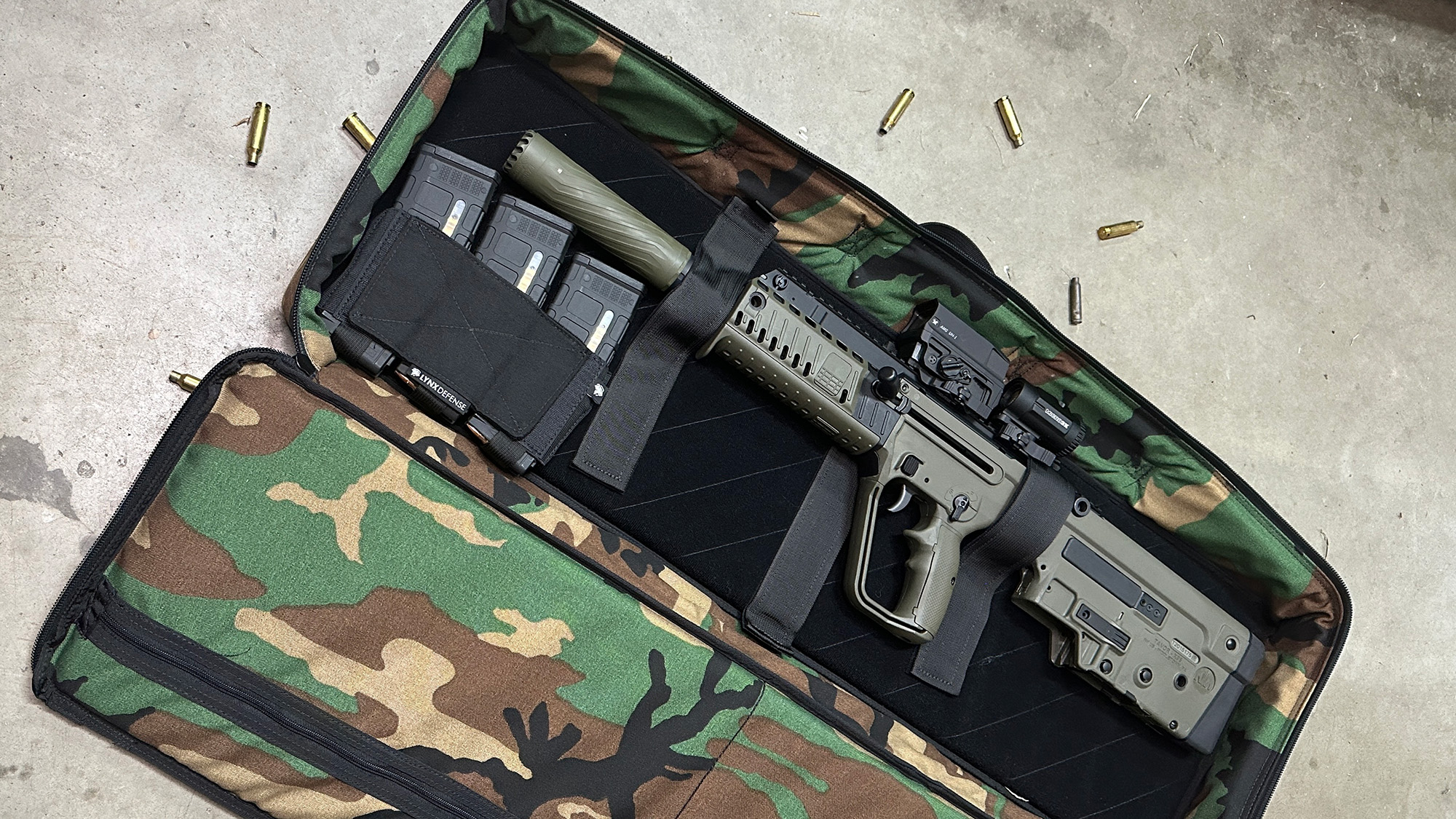
Ready to see what we have coming?
Lynx Defense will release some new things soon. Let us deliver them right to your inbox!

Lynx Defense will release some new things soon. Let us deliver them right to your inbox!
So you are a beginning shooter or going to a shooting range for the first time? Take a look at our range guide for beginners for tips!
We may earn revenue from product links on this page and participate in affiliate programs. Learn More ›
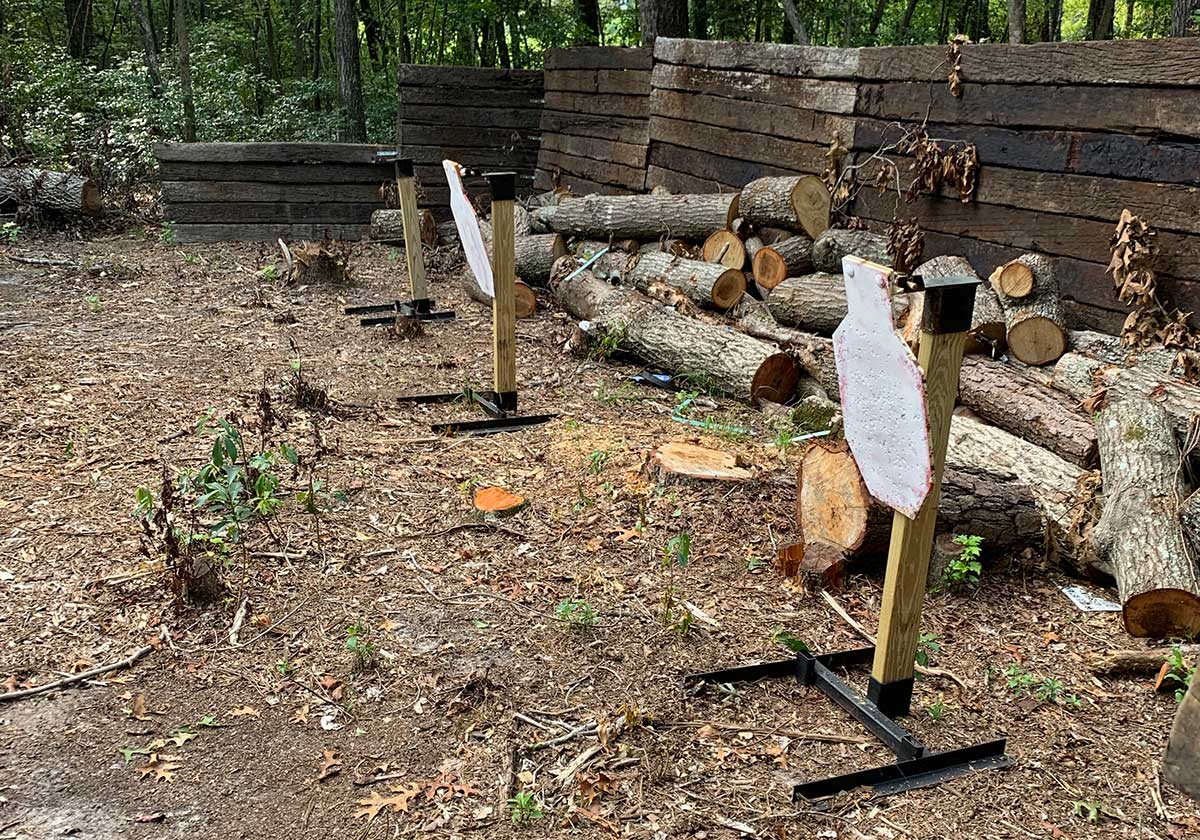
Whether you are a beginner shooter, just purchased your first firearm, or you want to become a better shot. Visiting the shooting range is a great way to get experience with your gun and develop your technique. This shooting range for beginners guide will help you learn more about the range before you range.
But it can be intimidating if you’ve never been or if you aren’t familiar with the rules.
While shooting ranges vary, we’ve rounded up the answers to the most common questions beginners have about going to the shooting range so you can have a positive experience every time you pack up and head out.
Keep on reading our beginner’s guide to shooting ranges to learn more about firearms safety, common range terms, who to contact if you have questions, what to wear, and the etiquette that’s expected of you every time you visit.
The most important thing with firearms is firearms safety. Not “common-sense gun control,” as some people will refer to it.
Firearms safety is critical for beginner shooters and expert shooters alike. No matter what stage of firearm ownership you’re in, the same rules apply.
Firearms safety has always been at the core of firearms ownership. Anyone who owns a gun should know these four things:
These four basic safety principles will keep you, your friends, your family, and others at the range safe.
If you aren’t willing to abide by these key safety principles, please don’t own a firearm.
When you go to the range, you may see or hear some terms you aren’t familiar with. Before you head out to the range for the first time, brush up on the following terms and phrases.
Whether you are at an indoor or outdoor range, the firing line is one of the most important terms to know.
The firing line is the line that is designated by the range where shooters step forward and have firearms loaded and ready to shoot.
No loaded firearms should go past the firing line into the staging area.
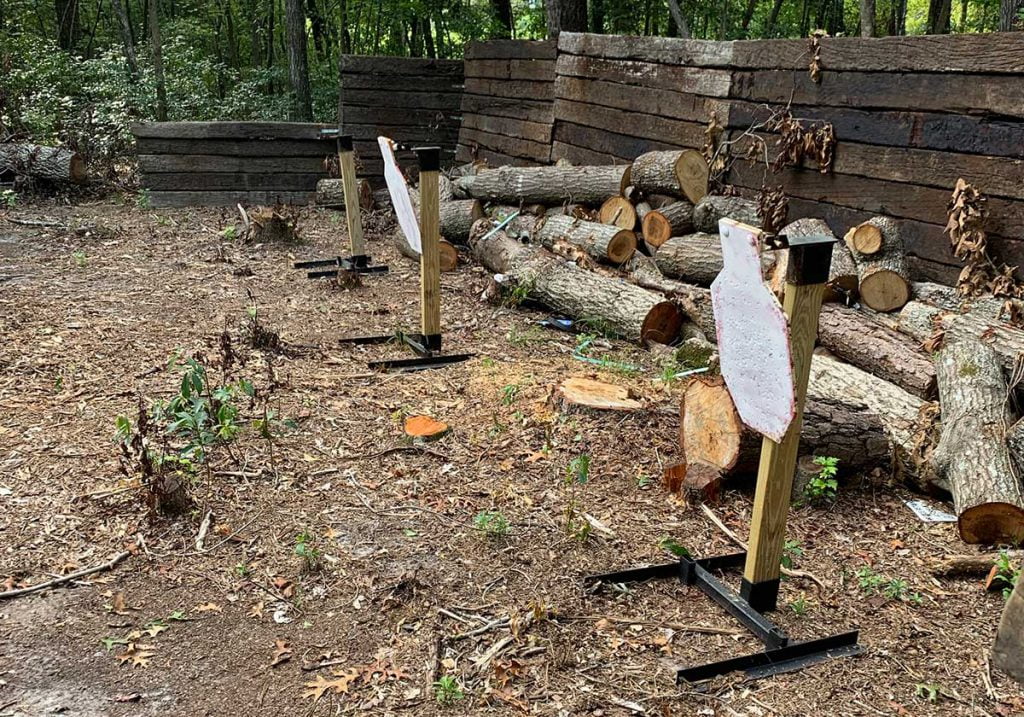
To put it simply, downrange is anything past the bench or firing line. If you are shooting in an indoor range, you’ll likely never be allowed downrange.
If you are shooting at an outdoor range, you may be allowed downrange to swap targets out during cease-fires.
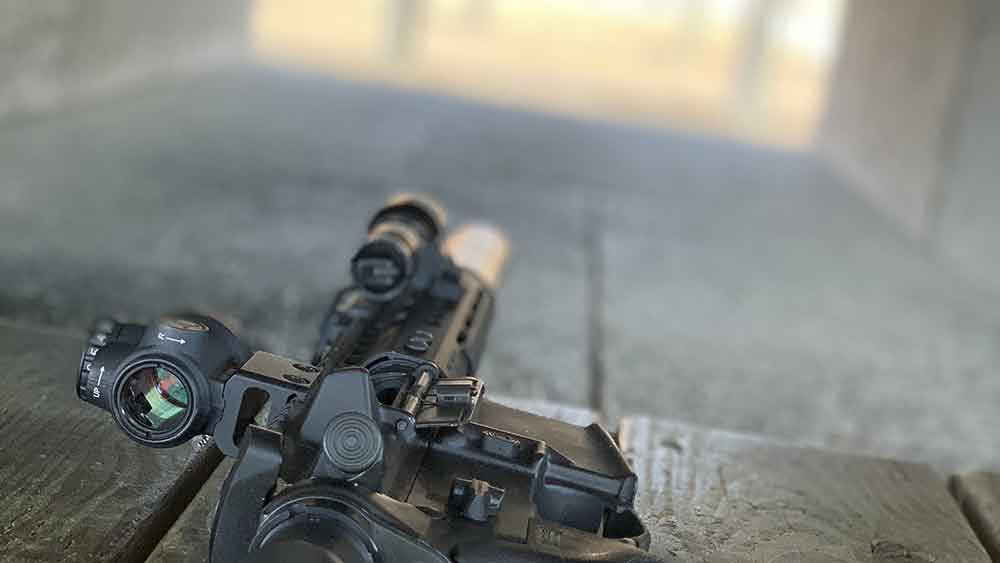
This is probably the most important term for a shooting range beginner to know.
Anyone on the range can call for a cease-fire. It could be at any time or a predetermined time. Most outdoor ranges will allow for intermissions between courses of fire to allow shooters to change targets.
If a cease-fire is called, be sure to stop shooting immediately, lay your firearm down on the bench, and step away from the weapon.
While indoor ranges may only call a cease-fire in case of an emergency, it can be called for any other reason the range safety officer sees fit, including gross safety violations.
Hot and cold are two important shooting range terms for beginner shooters to know. Typically used in the context of a hot range or a cold range.
A hot range is a live-fire range, and thus no one is allowed downrange, and shooting is allowed.
A cold range is a no-fire range, and someone is likely downrange, and/or shooting is prohibited at that time.
If someone refers to their weapon as “hot,” that means it’s loaded and ready to fire. This term could mean that the weapon is off safety, as well. Always refer back to cardinal firearms rule #1.
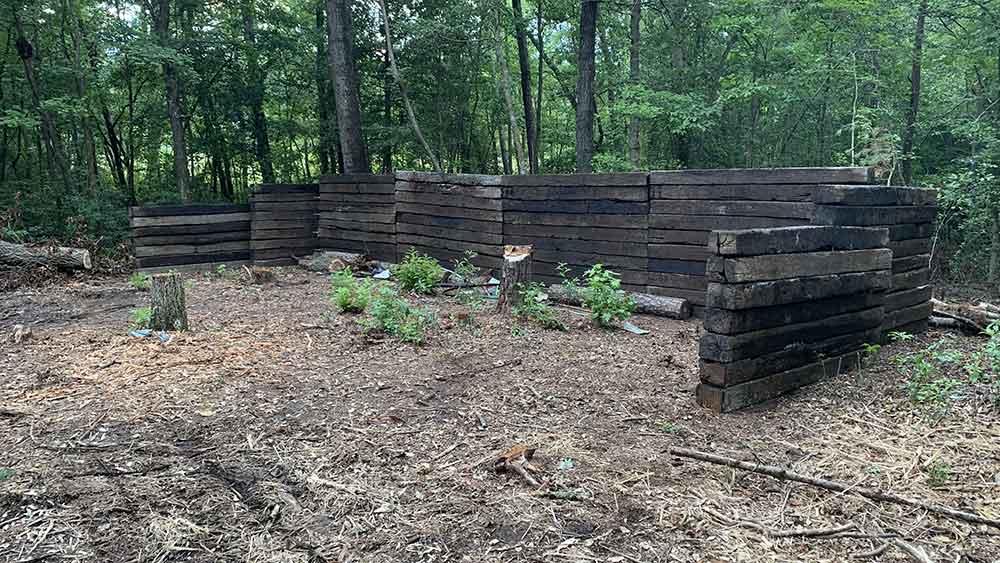
Backstops can be several things when it comes to the range. And it varies based on the kind of shooting range you’re visiting.
Metal backstops that trap bullets are a feature of indoor ranges. Metal backstops trap bullets and often have water or solvent on them to help deflect rounds to their final resting place.
Outdoor ranges typically use berms which can be constructed using dirt or, oftentimes, a combination of railroad ties and dirt.
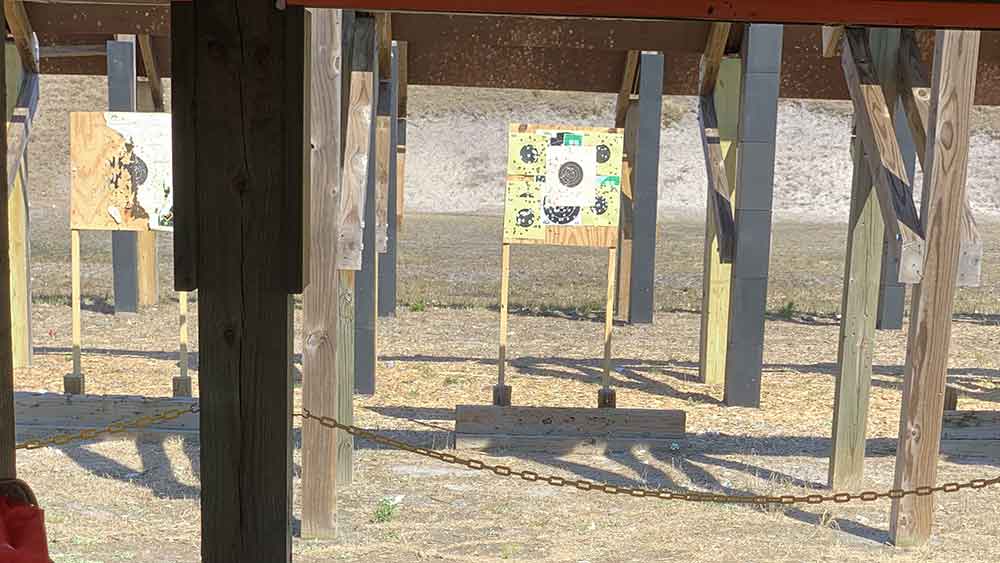
The lanes of a range are where you are assigned to shoot. If you are with a group of people, you may be sharing a lane or have several lanes for your group.
Make sure you are mindful of the range rules when shooting and using your lane.
Lanes are not exclusive to indoor ranges. A lot of outdoor ranges will also have lanes to allow shooters to differentiate between targets.
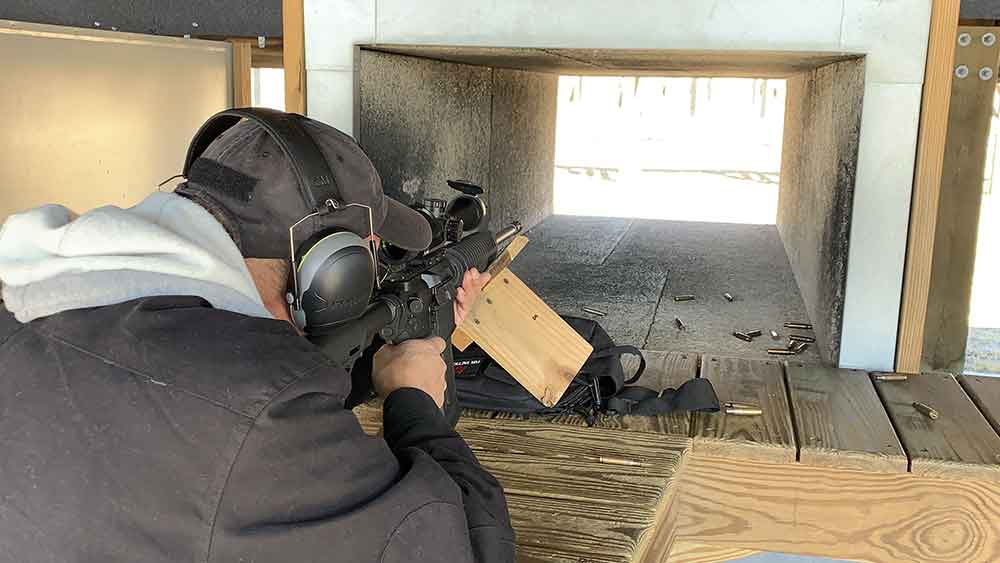
The bench is where you can rest your gun or even use it as a shooting rest. No one is allowed past the bench during hot range times.
The bench functions as a rest and somewhere you can keep your gear while you are practicing shooting.
The man with the plan! This is the guy in charge of announcing hot or cold ranges and calling cease-fires, even though anyone at any time can call a cease-fire on the range.
Always listen to the Range Safety Officer (RSO). And remember, if you have any questions about safety or policy, you can always ask the RSO.
Shooting ranges requirements vary but typically, outside of closed-toed shoes and clothing, you are welcome to bring what you want.
Most ranges will require you to sign a liability waiver and sit through a short video or read their range rules.
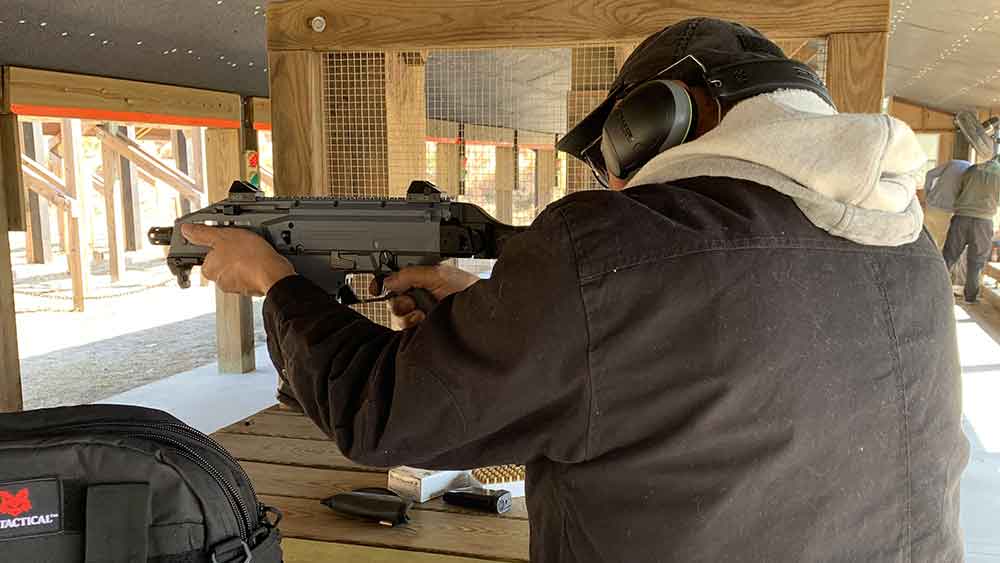
Some ranges will even require you to take a safety test or course, sometimes online, before shooting on their range. Be sure to research what your specific range requires before going.
The list of things to take to the shooting range varies from person to person. But the most obvious things include:
Most ranges will have rental guns and ammunition, hearing protection, and paper targets for you to buy. But that will largely depend on the range and if they have ammo in stock.
Some ranges will provide steel targets or allow you to bring your own steel targets.
Yes, at least most of the time.
Most ranges will have some rental guns for you to shoot. Some ranges will even have exotic or class 3 firearms (Full Auto & silencers) for you to shoot and enjoy.
Range guns can typically be rented on an hourly basis. This is a great way for a beginning shooter to try guns out before making a purchase decision.
This is a tough one to answer. Most ranges will charge by the hour and can be anywhere from $10-$50 /hour based on location.
Ranges will also most likely rent you a single lane for that time, but it all depends on the range and the range setup.
Some outdoor ranges give you free roam during your range time to different areas, including pistol pits and much longer rifle ranges.
Most attire will work, but I’ve never seen a range allow open-toe shoes. So jeans, shorts, t-shirts, and hoodies all are fine but make sure you have on closed-toe shoes.
Shooting ranges are extremely family-friendly places. If your child is old enough to shoulder the firearm or hold it, then they can most likely enjoy a shooting range with parental supervision.
Please keep in mind shooting ranges aren’t Chuck E. Cheese, and you need to keep a close eye on younger range goers, so they are safe and mindful of other shooters.
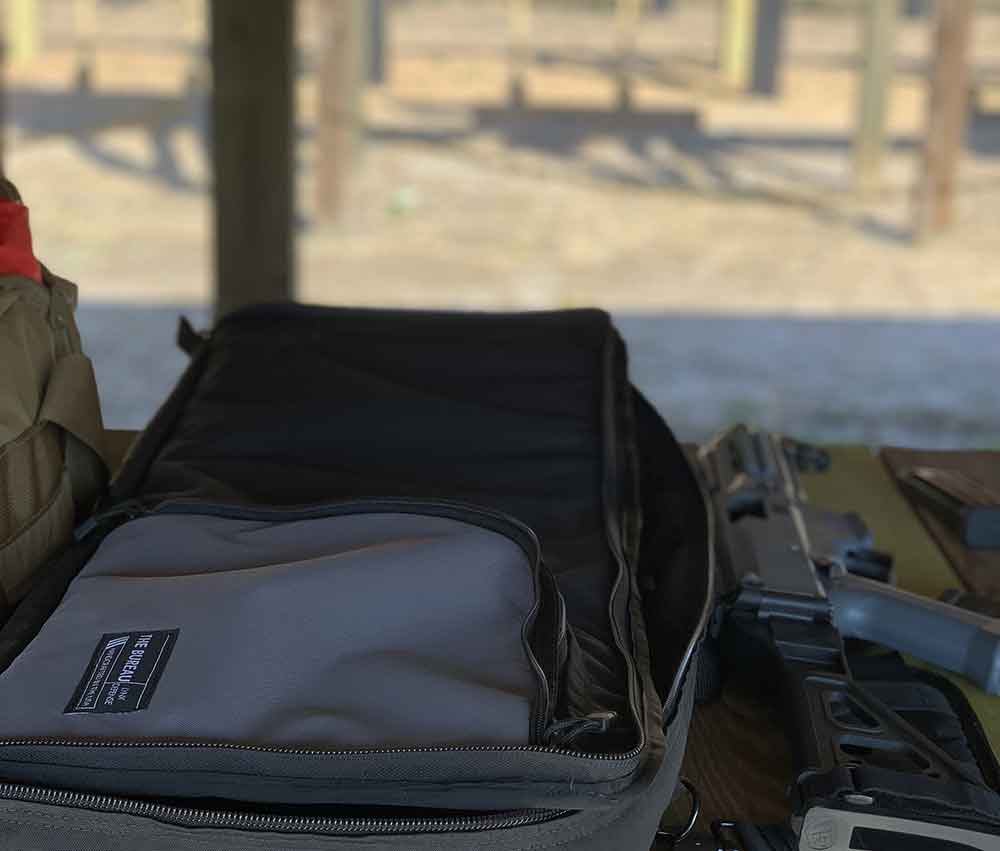
Carrying your gun to the range is extremely important because many ranges have precise carrying rules and regulations for safety. But many first-timers still wonder how to carry your gun to the range.
Most will require you to carry your firearms in a case or bag of some kind. Most ranges aren’t crazy about them not being in a bag or case but be very careful about the direction of your muzzle.
We highly recommend you check out our rifle cases and pistol range bags for your range carry needs.
Some ranges do not allow you to carry your pistol concealed to the range, so be sure to call or visit your range’s website to familiarize yourself with their policies.

Absolutely! It’s a big-time and money investment to build a proper gun range, especially if you are getting into shooting.
But we built our own home shooting range last year and documented the process. A lot of time and money was spent getting our home shooting range built.
But if you have a lot of property and a safe backstop, that may be all you need to have some shooting fun!
A great place to ask questions and get answers is in our comment section. Suppose you are new to the gun world, welcome! We are glad to have you.
If you are a seasoned range veteran and have some helpful tips, you can share those in the comment section as well!
If you are looking for bags to carry your gear to the range, take a look at our bags as well as the reasons you need a range bag.
Concealed Carry Insurance
Protect yourself and all those who carry concealed in your house.